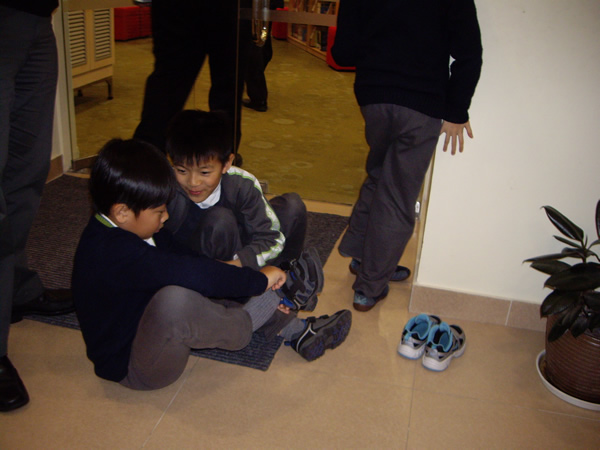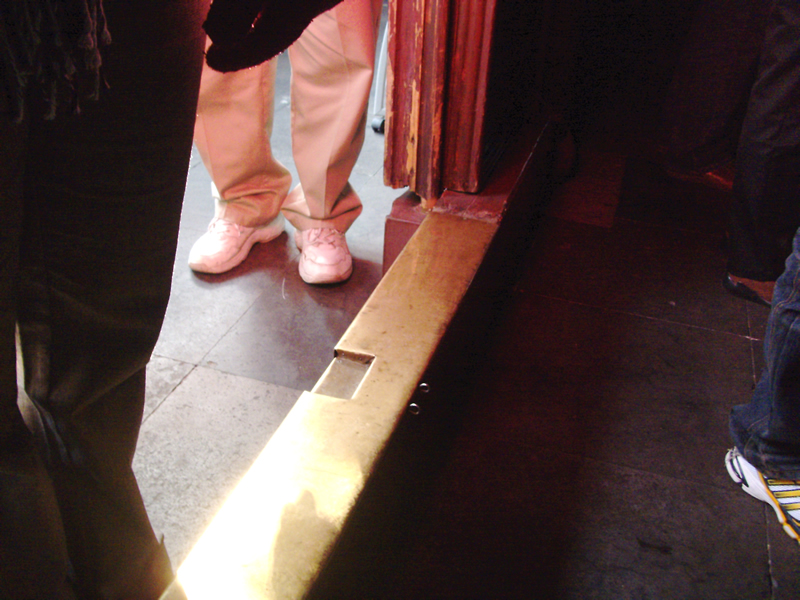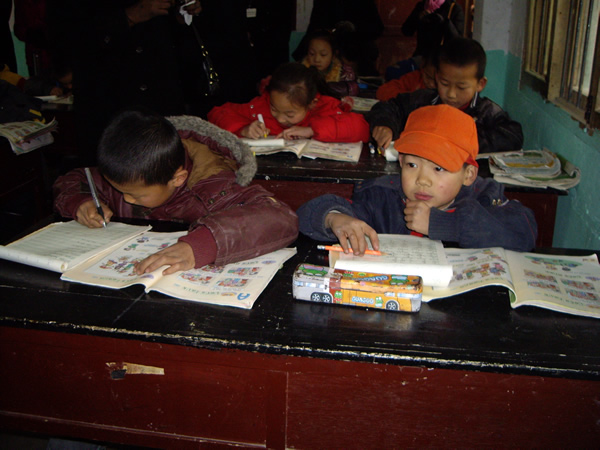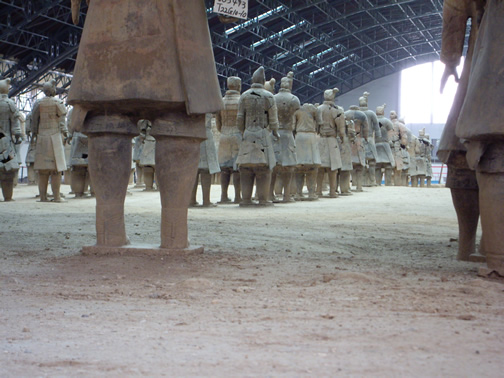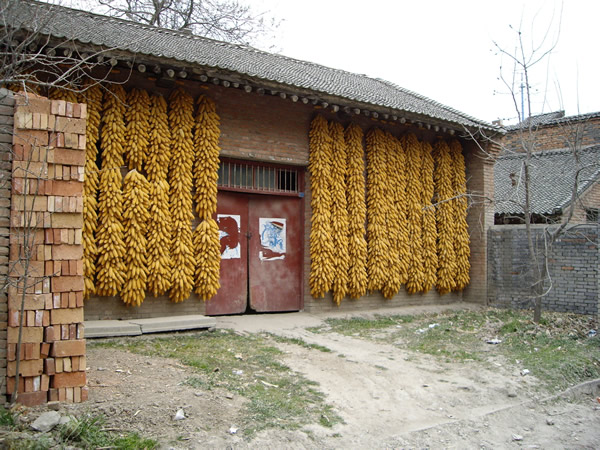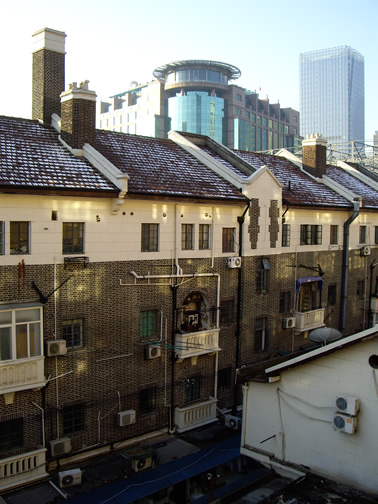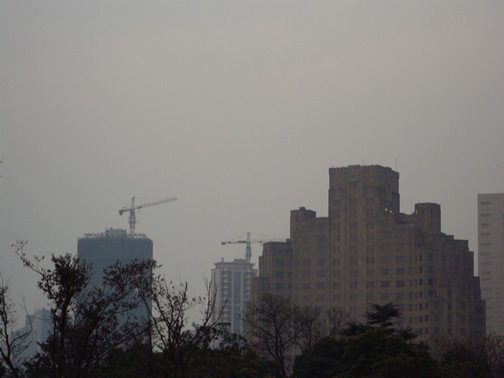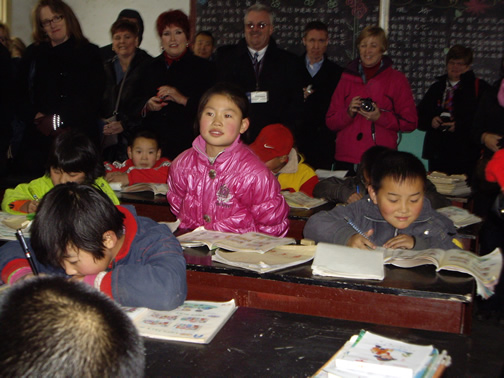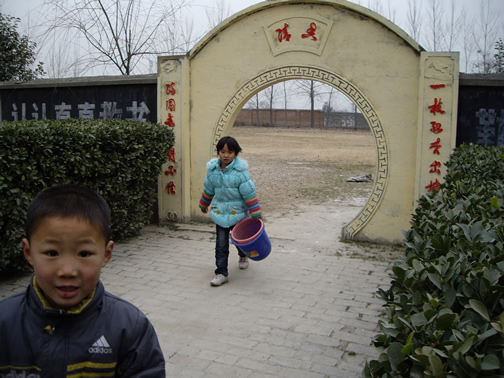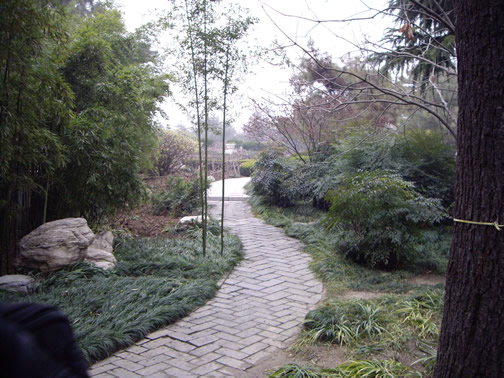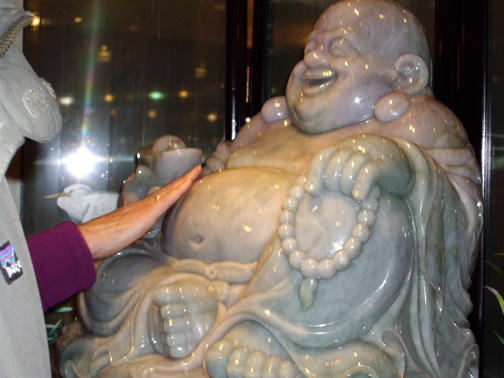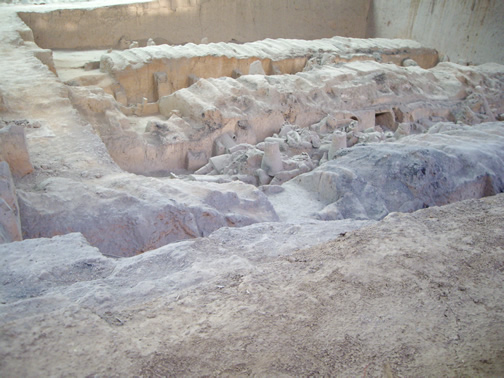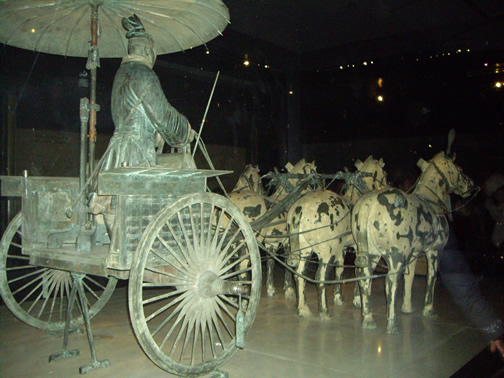Lost fiction: A different kind of flat world?
New York Times columnist Sara Mosle wrote an insightful column about the Common Core requirements that students read ever-increasing amounts of “informational text” and far less fiction. I have been mulling this issue for months. Mosle’s arguments that reading expository texts and long form narrative nonfiction will build students’ writing skills are certainly valid. Students also will need basic informational text-writing (and reading) in the workplace. But my gut (and my undergraduate English major) nag at me on this giant swing, even as TeachersFirst published help for teachers (e.g. this article, and this one) on ways to integrate informational texts into all subject areas and improve students’ expertise at understanding and producing such works. I know many adults could stand to improve their writing skills. And I know that writing fiction — or “stories,” as most elementary kids would call them — may not develop skills in supporting a written argument. But I cannot go as far as Common Core does. There is too much that we learn from reading all varieties of texts.
When we read a poem…
- We learn economy of language and how to listen ever so carefully
- We learn to read with our senses, not just black and white text
- We learn to pay attention to subtlety — a skill few adults have anymore (certainly not our politicians)
- We learn to question and marvel at what lies beneath instead of what the media or a “spin master” tells us to believe
When we read a novel…
- We learn to follow a life or a thread for a long time, past the end of the class period or the end of the day, noticing patterns and threads that might not even emerge until twenty chapters later. This is reading life. As adults, we eventually start to notice such threads in our own lives. We call it perspective.
- We learn to read people. Given the frightening statistics on autism spectrum disorders, the more experience we can give kids with reading people, the better off our society will be. Given the need for voters to make choices about candidates whose informational text “messages” all sound the same, we sometimes rely on reading people to make good choices. Employers read people every time they interview. Interpersonal intelligence makes a common society work. Fiction builds it. No, there is no dollar value on it, but there is serious loss without it.
To further flip my argument around, I wonder what would happen if kids never experienced fiction?
Movies would be our students’ only fiction. With special effects that are near-real, we risk losing the ability to imagine. School takes a large enough toll on creativity as it is. Erasing imagination frightens me. In a generation or so without fiction, we might have no more movies OR fiction. Just YouTube?!
 We risk losing a sense of the world. In a global world where few of us will ever see distant people who make our shoes or invest in our government bonds, the importance of cultural detail (or “status detail” as fiction writers call it) is far more than simply a view of life from another place. As we read fiction or narrative nonfiction set in other places, we notice the diverse details that define what we value vs. what those in far off places value. We see how people spend time, fill their pockets, eat, gather into households, prioritize their money, and interact with each other. Show me. Do not tell me. I need to notice it, to see and learn it. Fiction builds global understanding. Just as travelers notice cultural detail when we arrive in a foreign country, so do we experience it in fictional tales that take place there. When I write and rewrite this blog to craft cultural detail in my depictions of school, of China, of what I do, I am trying to draw you into understanding my ideas. Fiction writers spend months crafting such details– and do it much better than I. If our students never experience immersion in cultural detail, they may never notice, see, and learn global understanding.
We risk losing a sense of the world. In a global world where few of us will ever see distant people who make our shoes or invest in our government bonds, the importance of cultural detail (or “status detail” as fiction writers call it) is far more than simply a view of life from another place. As we read fiction or narrative nonfiction set in other places, we notice the diverse details that define what we value vs. what those in far off places value. We see how people spend time, fill their pockets, eat, gather into households, prioritize their money, and interact with each other. Show me. Do not tell me. I need to notice it, to see and learn it. Fiction builds global understanding. Just as travelers notice cultural detail when we arrive in a foreign country, so do we experience it in fictional tales that take place there. When I write and rewrite this blog to craft cultural detail in my depictions of school, of China, of what I do, I am trying to draw you into understanding my ideas. Fiction writers spend months crafting such details– and do it much better than I. If our students never experience immersion in cultural detail, they may never notice, see, and learn global understanding.
I wish that Common Core requirements had dimensions for reading senses, subtlety, submerged messages, perspective, imagination, people, and cultural detail. In twenty years, we may find ourselves in a world that’s a different kind of flat.



